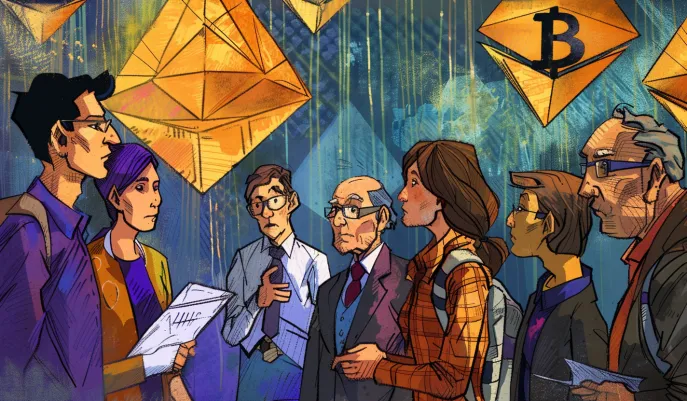Marc Boiron questions the need for Layer 3 networks.
Polygon CEO Marc Boiron sparked a debate on social media platform X (formerly Twitter) regarding the role and necessity of layer 3 (L3) networks in the Ethereum ecosystem. Boiron argues that L3, built on top of a layer 2 (L2) network, is primarily responsible for converting value on the Ethereum mainnet.
Let me say the quiet part out loud. L3 exists solely to pull value from Ethereum and the L2 on which it is built.
*No L3 required for scaling*
This is why Polygon Labs doesn’t work with L3.
— Marc Boyron (@0xMarcB) March 31, 2024
The Heart of the Debate: L2 vs. L3 Values
Boiron’s position is that the L3 network is not essential to Ethereum’s expansion and that its existence could undermine the value and security of the Ethereum mainnet. He assumes that if all L3s settled transactions on a single L2, Ethereum would gain little or no value, jeopardizing its security.
Different opinions on the influence of L3
The Polygon CEO’s remarks sparked a lively discussion among industry experts and enthusiasts. Some argue that L2 inherently provides value to Ethereum, while others believe that L3 provides advantages without necessarily devaluing Ethereum. Peter Haymond, Senior Partnership Manager at Offchain Labs, highlighted advantages such as low bridging costs, custom gas tokens, and special state transition capabilities that L3 can provide.
Evolving L3 Ecosystem
Despite the controversy, the L3 ecosystem continues to grow, with solutions such as Orbs, Xai, zkSync Hyperchains, and Arbitrum Orbit’s Degen Chain emerging as key players. However, the sector is relatively small, with only a handful of L3 tokens listed on CoinGecko.
Perspectives from industry leaders
Ethereum co-founder Vitalik Buterin has previously weighed in on the L3 debate, suggesting that the L3 should provide “custom features” that distinguish it from the extensions of the L2. Meanwhile, Mert Mumtaz, CEO of Helus Labs, echoed Boiron’s concerns, describing L3 as “a centralized server that anchors itself to another centralized server (L2).”
So L3 is basically a centralized server that anchors to another centralized server (L2) controlled by multi-signature.
In other words, we’ve remade web2, but with higher fees, more fraud, and worse UX?
Crypto!
— Because | Helius.dev (@0xMert_) March 31, 2024

